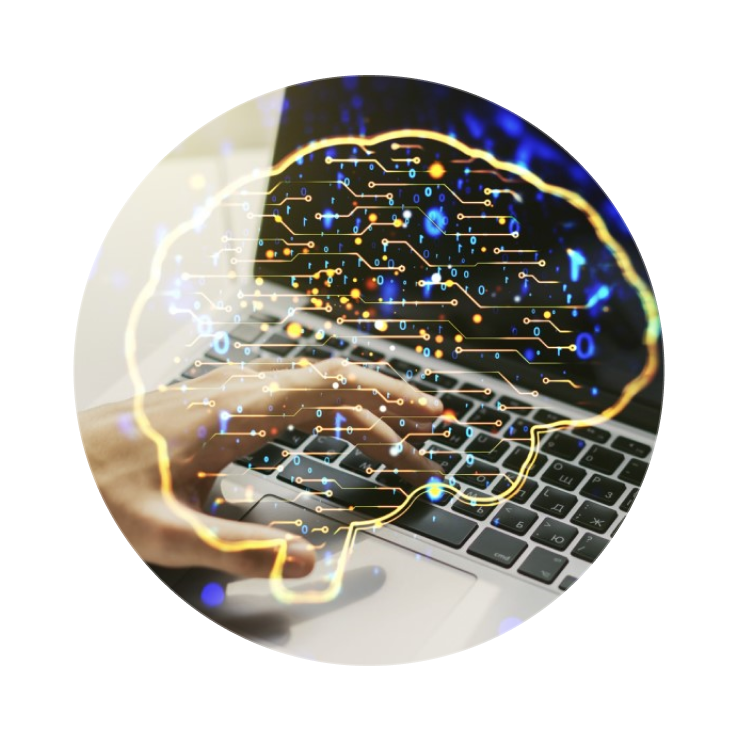Machine Learning (ML) has rapidly grown from an academic concept to a core component of modern technology. From personalized recommendations on Netflix to self-driving cars, it’s changing the way the world operates. But if you’re just starting out, you may wonder—what exactly do you need to know to succeed in machine learning?
In this blog, let’s break down the key areas you should focus on to build a solid foundation in machine learning.
1. Mathematics: The Language of ML
At the heart of every machine learning algorithm is math. You don’t need a PhD to start, but a solid understanding of the following areas is essential:
-
Linear Algebra: Vectors, matrices, and operations used in training models.
-
Probability & Statistics: Bayes’ theorem, distributions, and hypothesis testing.
-
Calculus: Especially partial derivatives, for understanding how models learn.
These concepts help you not only build models but also understand why they work.
2. Programming Skills (Mostly Python)
You’ll need to know how to code to work with data, implement algorithms, and experiment with models.
Python is the go-to language for ML due to its readability and huge ecosystem. Important libraries include:
-
NumPyandPandasfor data manipulation -
Scikit-learnfor classical ML -
TensorFlowandPyTorchfor deep learning -
MatplotlibandSeabornfor data visualization
3. Understanding of Algorithms
Machine learning has various types of models. You should understand:
-
Supervised Learning: Regression, classification
-
Unsupervised Learning: Clustering, dimensionality reduction
-
Reinforcement Learning: Learning through rewards
-
Deep Learning: Neural networks, CNNs, RNNs
Each algorithm has its strengths, limitations, and ideal use cases. Knowing when and how to apply them is key.
4. Data Handling and Preprocessing
Most of the work in machine learning involves cleaning and preparing data. You must be comfortable with:
-
Handling missing or noisy data
-
Normalizing and scaling features
-
Encoding categorical variables
-
Splitting data into training and testing sets
Remember: good models start with good data.
5. Model Evaluation and Tuning
It’s not enough to just train a model—you need to evaluate and improve it.
Learn techniques like:
-
Cross-validation
-
Confusion matrices, precision, recall, F1-score
-
Hyperparameter tuning using GridSearch or RandomSearch
-
Avoiding overfitting with regularization and dropout
This helps ensure your model performs well in real-world scenarios.
6. Tools and Platforms
Familiarize yourself with popular tools and environments:
-
Jupyter Notebook for coding and visualization
-
Google Colab for free GPU access
-
Kaggle for datasets and competitions
-
MLflow or Weights & Biases for model tracking
Cloud platforms like AWS, GCP, and Azure also offer scalable ML environments.
7. Curiosity and Problem-Solving Mindset
Finally, the most important thing you need is curiosity. Machine learning isn’t just about building models—it’s about solving problems. Asking the right questions, experimenting with data, and constantly learning from errors is what separates a good ML practitioner from a great one.
Final Thoughts
So, what do you need to know in machine learning? It’s a mix of math, programming, data skills, and lots of practice. But more than that, you need a passion for discovering patterns and solving problems.

